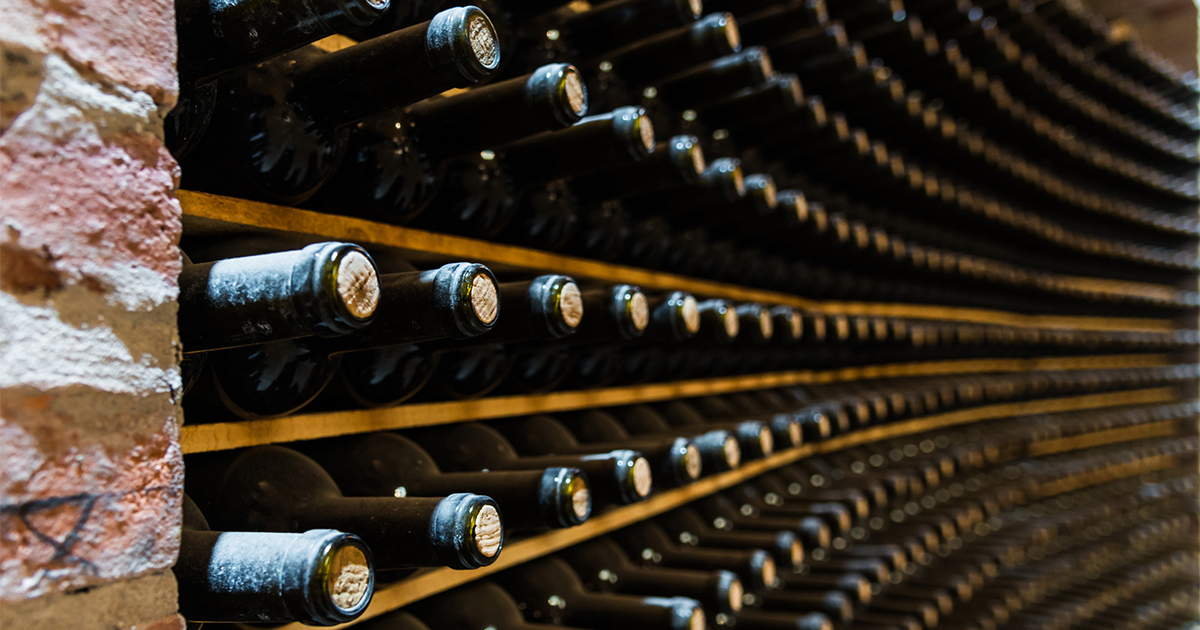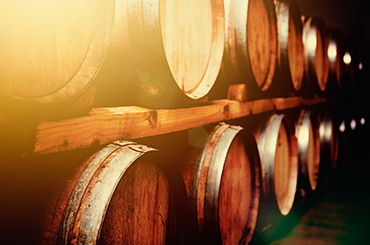2. Ensure darkness
3. Balance is best

How do you know if a wine will age well? It’s all about balance – when all of a wine’s elements are in harmony.
5. Buy multiples
It’s not always realistic to buy a dozen bottles at a time, but where possible, try to stock up on at least three bottles of the same wine. Sampling each one at various points will provide insights into their development, as well as help you understand at which point you enjoy them the most.

6. Go beyond your favourites
It can be tempting to fill your collection with just a couple of wine styles, but your palate will likely evolve over time. People’s tastes often move to lighter styles, so pinot noir and even grenache are great options, even if you don’t enjoy them now. If you really do just love the one variety, seek out different regional and international expressions, or other varieties with similar flavour profiles.
7. Cork care
Bottles that are sealed with screwcaps can be stored in any which way, but if they have a cork closure, the wine needs to remain in contact with it – ideally with the bottle lying on its side. This, as well as the right levels of humidity, will prevent the cork from drying out, which can lead to oxidisation and other issues that taint the wine.

8. Use a system
Whether it’s through a spreadsheet or the Halliday Virtual Cellar, you will want to know what you have in your collection at a glance. Your system should list your wines, region, vintage and price, plus the bottles you’ve already enjoyed and when, also with space to leave with notes about the wines as you try them.
9. Do your research
Cellar doors commonly offer samples of museum wines, while back-vintages are often available through specialist retailers, which can help you determine what you enjoy in aged wine and want in your own collection. Sampling new releases against their older counterparts is a brilliant way to discover what you will look forward to over time – or not.
10. Create the occasion
Knowing when to drink a wine can be fraught, but waiting for the perfect moment to open a special bottle can mean missing it altogether. It’s easy to think an occasion isn’t special enough for a significant bottle, but drinking a wine too early – when it’s still drinking well – is always better than too late.
Become a member and use the Halliday Virtual Cellar to stay on top of your wine collection.






